Dave Clews breaks down one of Sam Shepherd’s most celebrated releases.
Floating Points is the alter-ego of British musician, producer, DJ, label founder and neuroscientist Sam Shepherd. A nine-minute slice of loose, flowing freeform groove and classy-yet-understated musicianship, ‘King Bromeliad’ first appeared alongside ‘Montparnasse’ in 2014 as one half of a two-track single on the Eglo Records label that Shepherd co-founded back in 2009. As a highly-acclaimed example of Floating Points at his finest, we figured it deserved a bit of the Breakdown treatment.
Structure
Unashamedly unbound by the constraints of conventional eight-bar building blocks, ‘King Bromeliad’ begins unconventionally, with a lo-fi recording of the track being played out at Plastic People, the London club at which Shepherd once had a residency as a DJ. This fades in gradually from nowhere, building slowly over the course of the first minute of the tune. Purely by means of audio, the listener is taken on a virtual journey from what appears to be pulling up outside at the club in a taxi to arriving in the room in which the track is being played. After the briefest of pauses at this point, the track kicks in properly after just over a minute.
The main groove then hovers between F and F# for a while, the two bass parts trading places whilst a variety of choice synth noises swoop in and out. After an extended central breakdown section, featuring a vibraphone solo and some crazy opened-out filter effects and modulation of the portamento depth on a couple of the synth riffs, the focus shifts to an alternative version of the bassline played out over the same, faded-in rolling drum groove. The filter on this new bass sound also gradually opens out towards the end of the song.
Drum track
The main backbone of the track is a swung, shuffling groove based around sampled live kit sounds, that rolls around funkily at 115 bpm. A rounded, weighty kick drum locks down four beats to the bar. Closed hi-hats punctuate the offbeats in between, with the fourth hat slightly more open each time round. Truncated, close-miked and warm snare samples alternate around the kicks in a shuffle pattern, the ghost notes created by playing the same samples at lower velocity. An occasional tambourine chimes in playing sixteenths in the background, with a hint of conga percussion thrown in here and there.
Far from just a repeated loop, the drum track features frequent tiny variations in the pattern, enough that the whole thing feels like it could have been played in one take by a drummer. That said, here’s what the essence of the main drum groove would look like programmed in Ableton Live, with the ghost snare beats shown in pink, in contrast to the main hits shown in red.
Even though Shepherd is reputed to have a deep dislike of quantisation in its more rigid forms, there’s evidence of a swing quantisation in effect here – on closer investigation, the feel is roughly equivalent to Logic’s 1/16 Swing D preset. (Read more about quantisation, swing and how they’re implemented in DAWs and drum machines here.)
Bass parts
‘King Bromeliad’ features two main bass parts that trade places and interweave throughout the duration of the track. The first, a brooding, deep organ bass sound, handles the alternating swing of the tune from F to F# and back again, as shown below.
The second bass part features a bouncier root, fifth and octave synth motif, matching the swung feel of the kit. It first appears as a low-pass filtered synth sound played simultaneously with the organ at about 1:36, also alternating between F and F# but playing a completely different riff, shown below. It then becomes the predominant bass part at around 2:09, the filter gradually opening out as it takes us through to the very end.
Synth parts
Most of the synth parts in ‘King Bromeliad’ appear to have been improvised over the duration of the track, as there’s rarely a 100% exact repeated part. Instead, the parts are based around simple motifs that seem to vary continuously – not too much cut and paste going on here!
Notable examples include a snarling, resonant sweepy sound that calls to mind the blaring horns of distant passing traffic. This adds to the atmosphere during the early part of the track, shortly after the beat kicks in in earnest.
There’s also a rhythmic polyphonic synth riff composed mainly of alternating two-note chords, as shown below:
This is played by a twangy, FM-style sound with what appears to be a kind of polyphonic portamento or glide effect. The brightness of the filter varies throughout the part, as though the filter cutoff was being adjusted by hand as and when required. The portamento depth knob also receives plenty of attention during the central breakdown section.
A flute-like analogue synth lead solo sound enters at about 5 minutes in and flutters in and out during the extended breakdown in the middle of the track, playing cute, melodic little lines on the natural F minor scale, one of which is reproduced below:
Approaching the extended central breakdown, at around 5:15, the lead solo synth fades away and makes way for an improvised vibraphone part that reveals better than any other the impressive degree of musicianship on display here – a quality which, made more obvious by repeated listens, can ultimately be attributed to the entire track. All hail King Bromeliad!

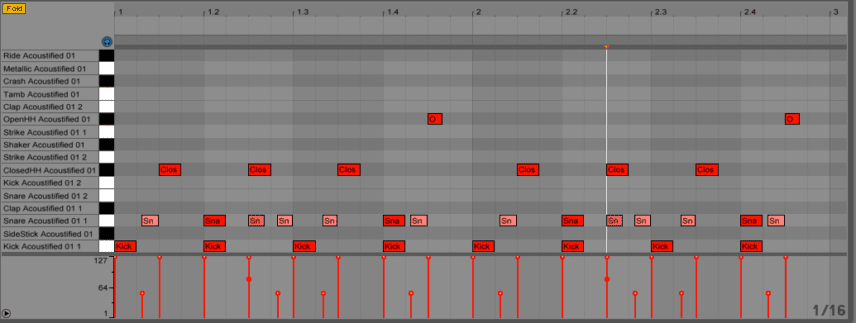
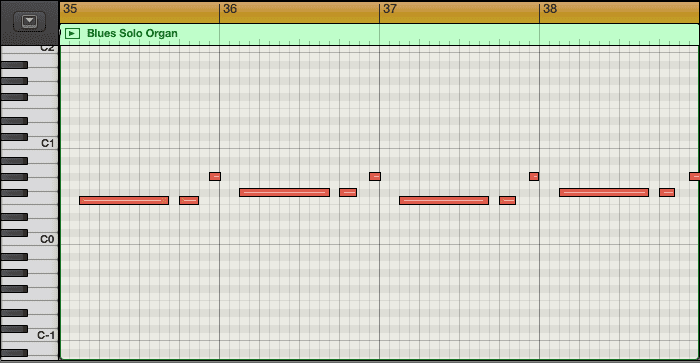
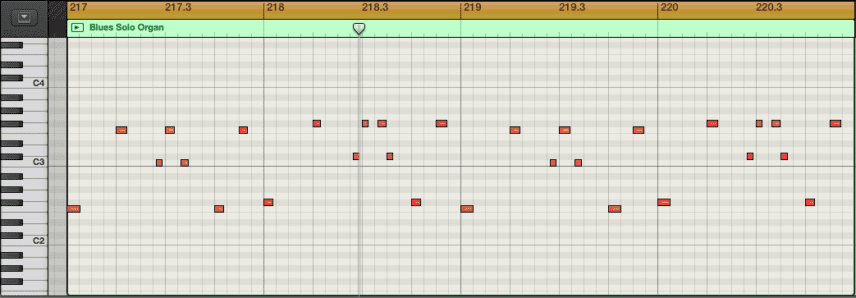
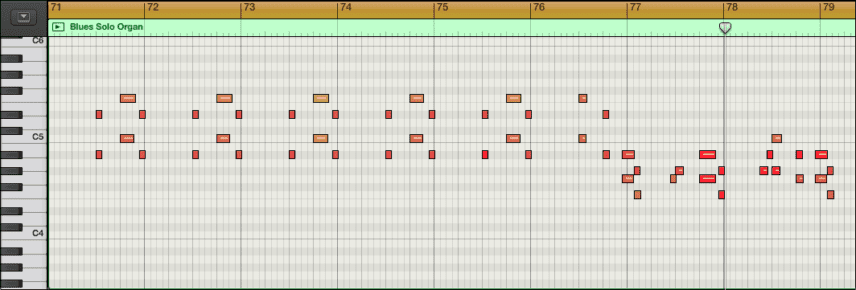
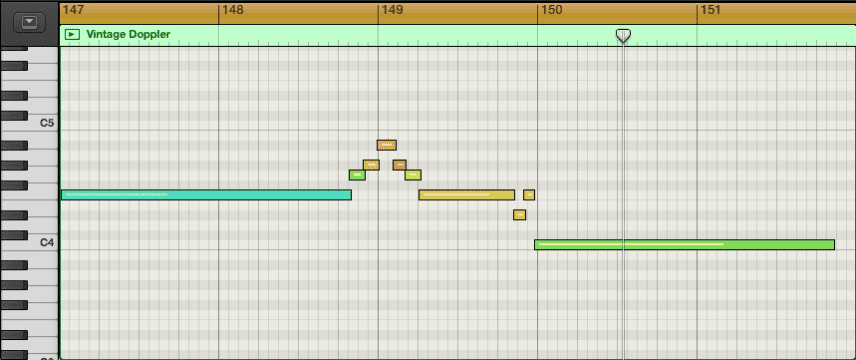
06.57 AM
Great breakdown of a great track, ty 🙂
08.47 AM
Hi, I’m having a difficult time working out which key this track is in. Could anyone tell me?
12.14 PM
https://www.basicmusictheory.com/img/f-dorian-mode-on-piano-keyboard.png
F Dorian Mode